Seven Steps to Paradise, Rogers Pass, BC
In year four of Cody Townsend’s “The Fifty Project,” we’re showcasing his lines and route descriptions in onX Backcountry. Go deeper on The Fifty Project and get the beta from Cody on how he plans, executes, and accomplishes these 50 descents.
Watch The Fifty: Seven Steps to Paradise
This episode of The Fifty, guest starring Elyse Saugstad and Greg Hill, details the adventures, challenges and decisions of a family where both parents are professional athletes.
View Cody’s Line in onX Backcountry
Below is an interactive map of Cody’s line for Seven Steps to Paradise. Use Control + Drag to rotate in 3D on desktop or two fingers to pinch, zoom and rotate on mobile. Login or create an account to gain full functionality.
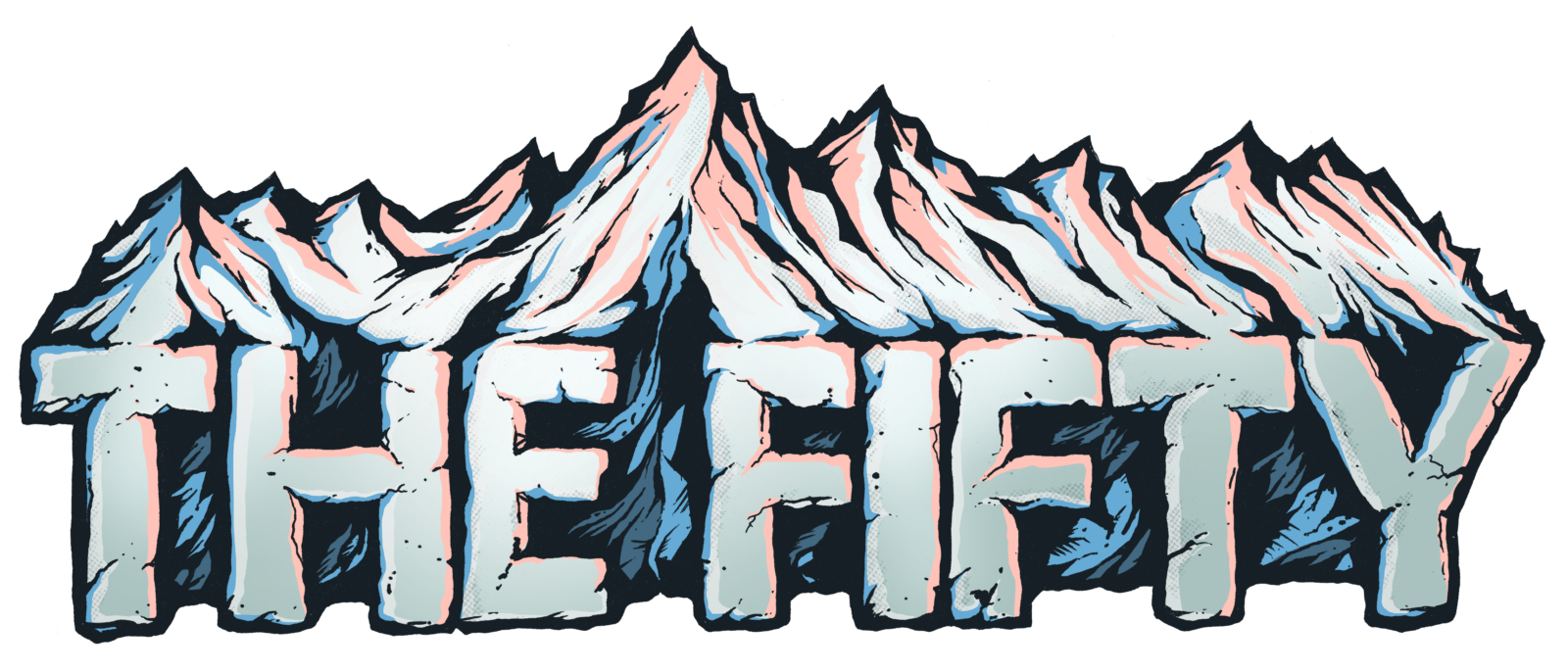
The Fifty Project Guidebook: Seven Steps to Paradise
onX Backcountry has partnered with Cody Townsend to bring you guidebook quality descriptions of routes in The Fifty Project from Cody himself. Read his beta on Seven Steps to Paradise below. Start your free trial of onX Backcountry today to view these lines and descriptions in the App.

Overview
A classic’s classic that is possibly the most standard alpine, powder skiing route in Rogers Pass. Though this may be the most skied line in the Selkirk Mountains, it’s not without its own challenges and risks. With a long approach, lengthy ascent, glacier navigation and high avalanche hazards, Seven Steps to Paradise is no gimme. If you’re lucky enough to be rewarded with stable conditions, a long beautiful ascent is endowed both by spectacular views of the Selkirk Mountains and five thousand feet of cruisey, rolling and all around perfect powder skiing.
Photo: @the.fifty.project
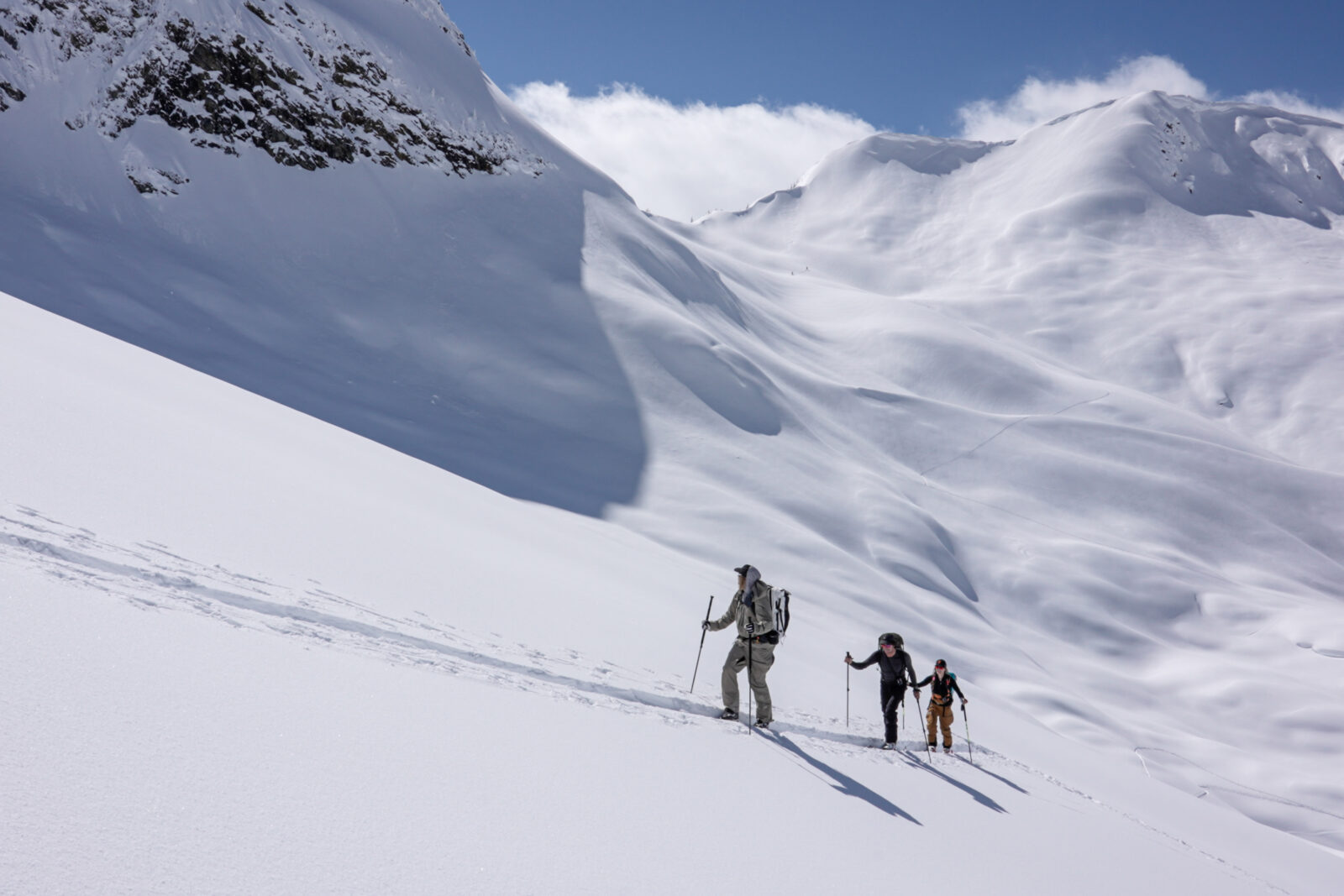
Ascent Description
There are two main ascent routes which both start at the Illecillewaet Glacier trailhead on Rogers Pass. The first option is to ascend the entirety of the descent route by going up the Asulkan Valley to the summit of Young’s Peak. The second is to ascend the Illecillewaet Glacier and follow the Young’s Peak Traverse route to summit and ski the Seven Steps to Paradise descent route. Both options have their benefits and hazards, while critical observations of weather, avalanche conditions, equipment, fitness and ability must be utilized to make the correct route decision. In the Seven Steps episode of The FIFTY, the Young’s Peak Traverse route was the choice. Both ascent options include lengthy ski tours, amazing views and moving through grand terrain. Glacier rescue kits are suggested but not required if ascending the receding Illecillewaet Glacier.
Photo: @the.fifty.project
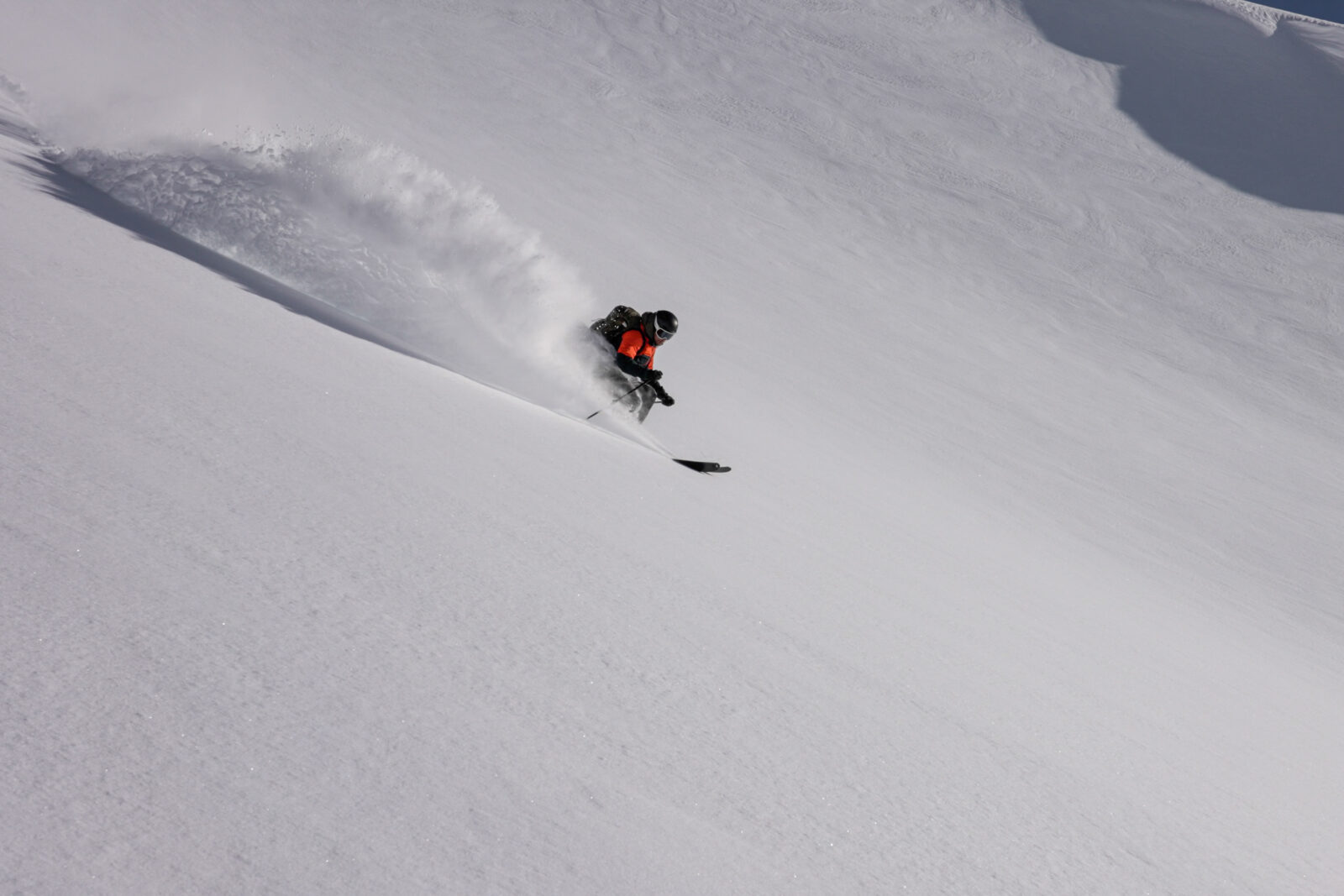
The Descent
The descent is named Seven Steps to Paradise for the seven hilly rollovers from the summit of Young’s Peak to the valley floor. The descent angles from a fun steep of about 40 degrees to mellow, cruisey 20-degree terrain. The 5,000 feet of powder skiing will have you smiling from ear to ear for the 10 minutes of descent. Caution must be utilized on each rollover for avalanche hazard along with a few potentially thin rocky spots.
Photo: @the.fifty.project
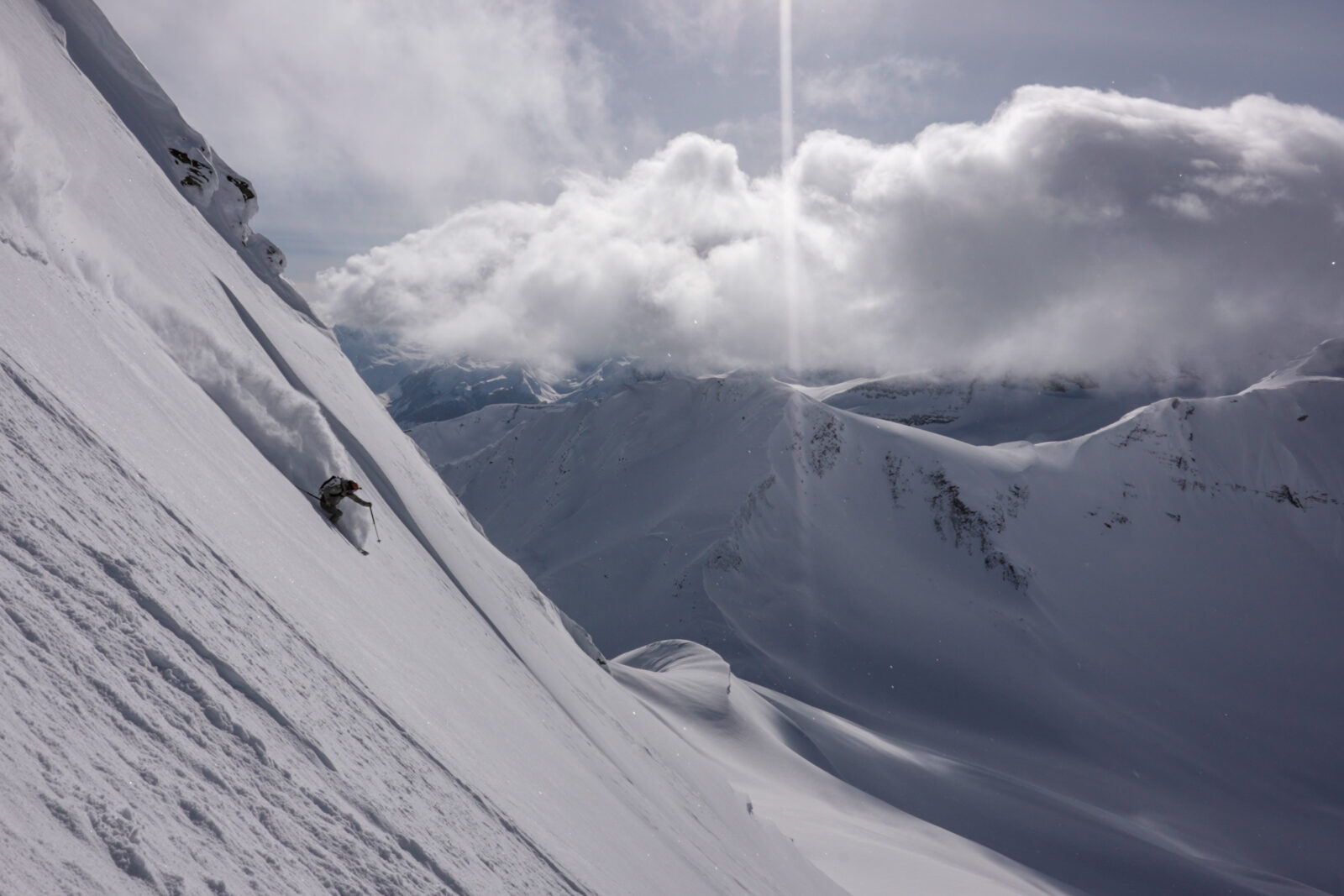
Hazards
Avalanches, cornice fall, glacier travel and quickly changing alpine weather are the primary hazards of Seven Steps to Paradise. The descent itself is alluring because of the rolly nature of the skiing, but each of the “seven steps” present a new, unsupported rollover which make for classic, easily triggerable avalanche terrain. In addition, quickly changing weather can make for whiteout and navigation hazards. The Illecillewaet Glacier has large crevasses, therefore caution, glacier navigation and requisite glacier rescue equipment is needed.
Photo: @the.fifty.project
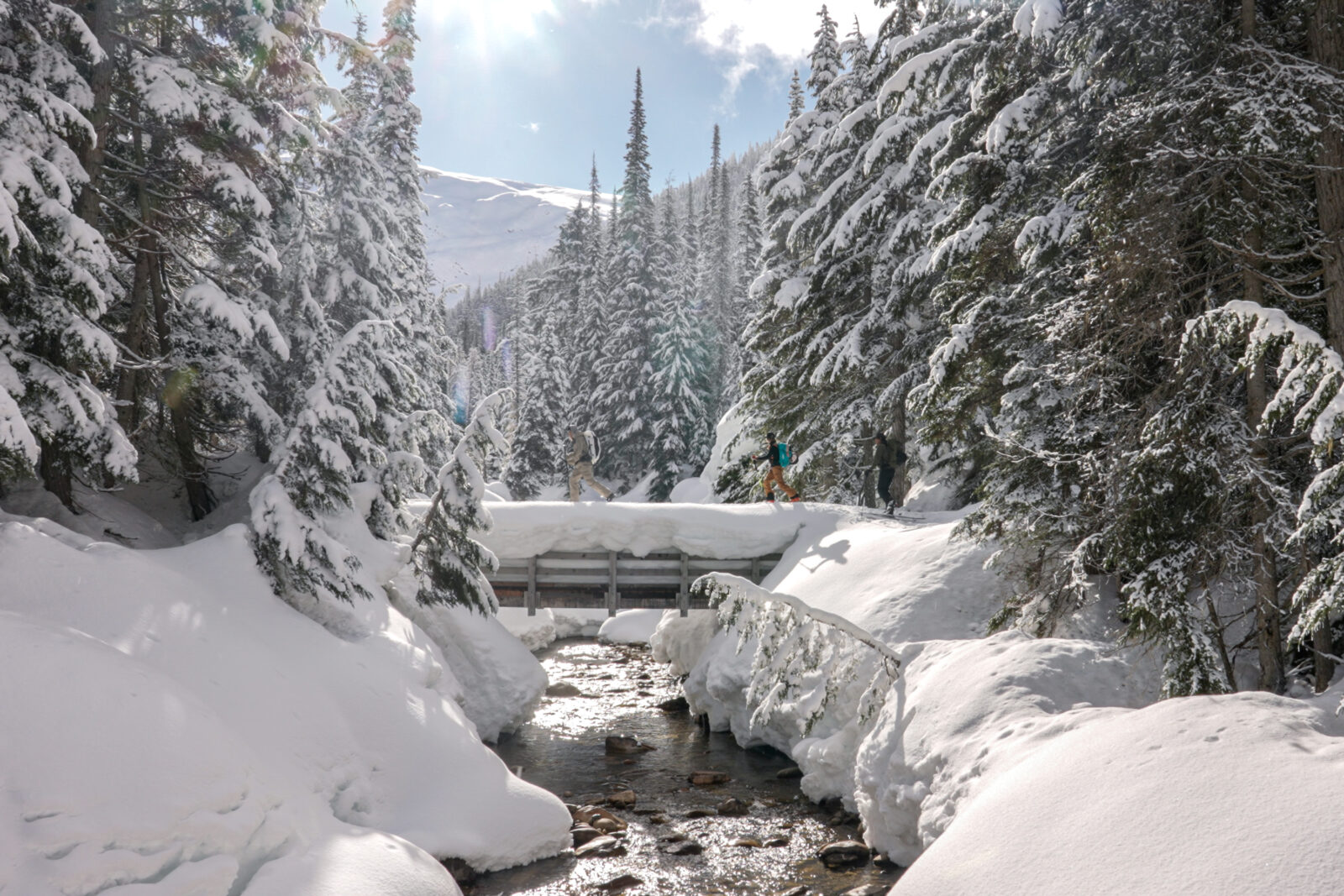
Exit Description
After descending, follow the well-carved route down the valley back to the trailhead. The route hardens and turns into a bobsled style run in a tight creek bed and through narrowly spaced trees. At the same time, the exit can be slow and sticky. Be prepared for it to take longer than expected as the exit trail is on a flat grade—bringing some rub on wax can help speed up the exit.
Photo: @the.fifty.project
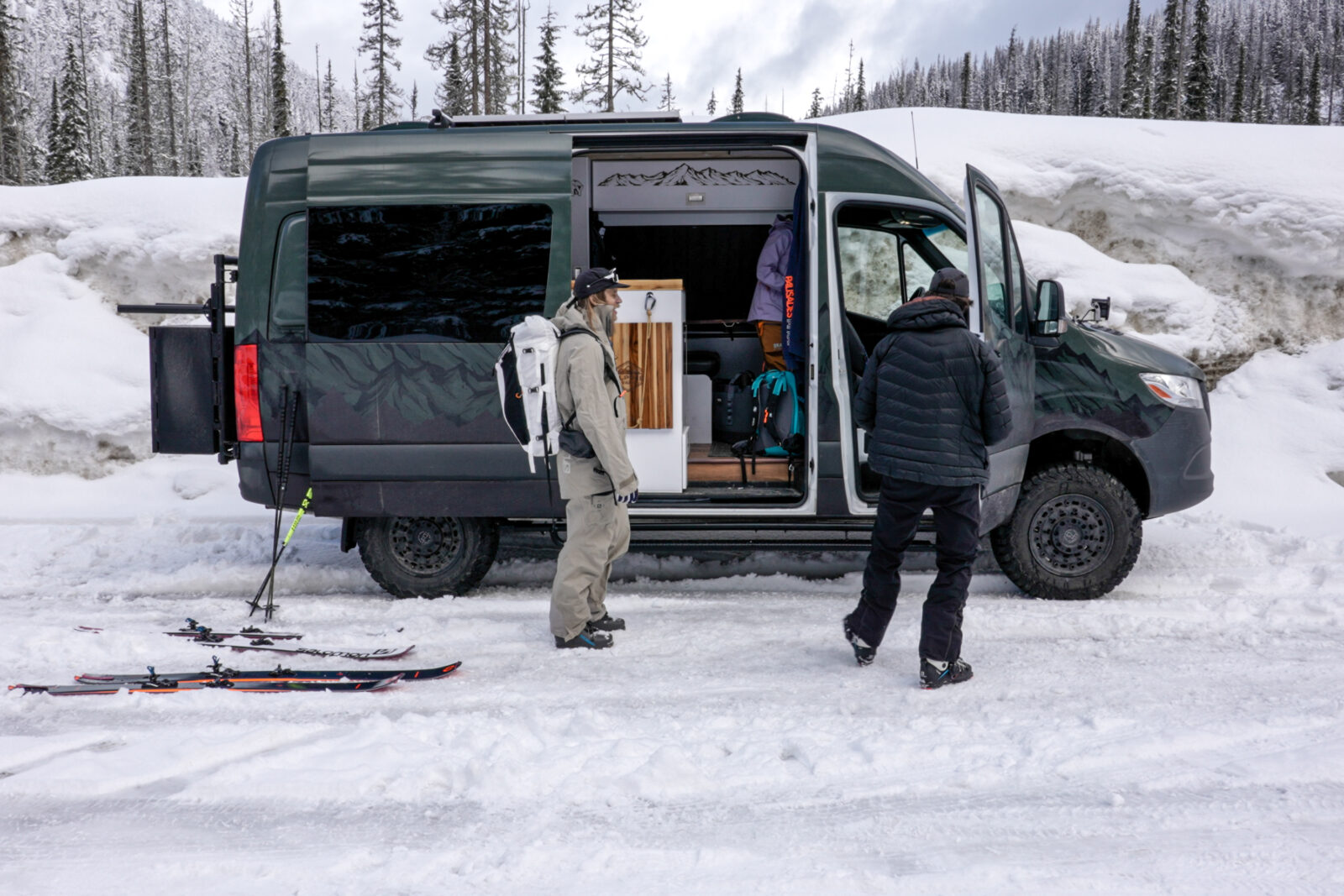
Access
Parking and winter permits are required to ski on Rogers Pass. Overnight permits required if overnighting in the backcountry. Do not ski Rogers Pass without them!
Photo: @the.fifty.project
Try onX Backcountry for free for 7 days.